
A good display, especially a high-definition one, needs a calibration when it comes down the assembly line, and perhaps again after working for a few years, when part of the leds have degraded to the extent that the picture quality of the display have become lower.
There have been a lot of calibration tools in the market and they vary from one to another. Linsn, Nova, DB Star, VU, Color Space, and the “God Father” of calibration, Radiant Imaging, etc.
There have been a lot of calibration tools in the market and they vary from one to another. Linsn, Nova, DB Star, VU, Color Space, and the “God Father” of calibration, Radiant Imaging, etc.
Now let’s take a look at the which one is good for you.

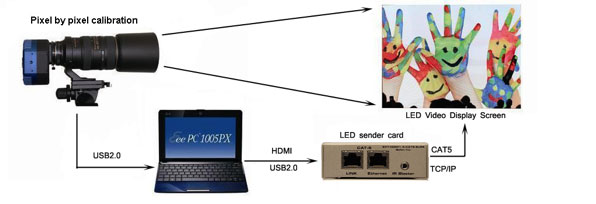
The last one on the list, RI, is the one that has existed a lot earlier than the rest, originated from the USA. This tool is believed to be far more expensive and complicated than the rest brand names, and therefore is also believed to be the most professional one in the world in this industry. Yet, because of the high cost, people are becoming more and more hesitant in buying from them, as some of its competitors are bringing up with some real good stuff with about 1/3 of the pricing from China.
Now looking at the rest brand names, we believe the ones that are worth looking at, are either Nova or Color Space. We have used both for calibrations on fine pitches. You would find some interesting facts about these two tools when we make a comparison of them:
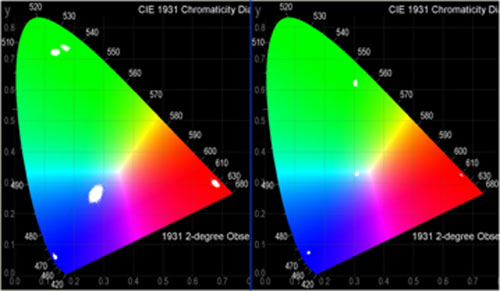
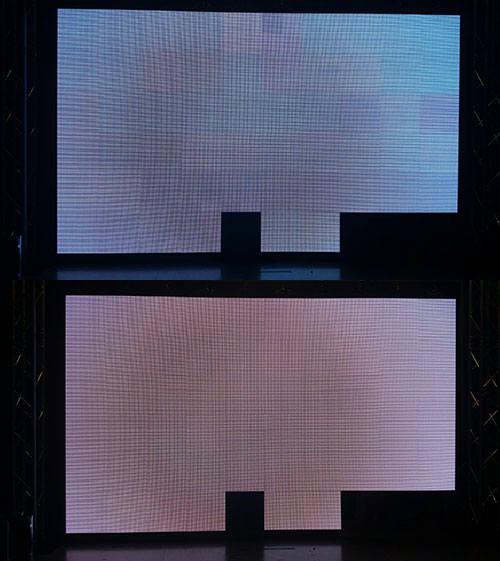
1.Brightness Correction
They are more or less the same, and you may find all other calibration software are doing similar performance, because this is the primary feature that a calibration system has.
2.Color Correction
We believe Color Space is better. Color Space is a calibration system, particularly designed for correction of brightness and color, and Nova Star’s calibration system is part of its control system for led display. Color Space uses a professional camera to work on the sampling of the pictures, while Nova uses a regular camera that you can see in the streets or scenic spots. That may explain why they are different in various aspects.
3.Flexibility
Color Space is able to work with almost all control systems on the calibration that you can see in the market: Nova, Linsn, Colorlight, DB Star, Z-dec, and so on, while Nova’s calibration system works only with Nova’s control system;
4.The Time Needed To Calibrate A Display
They both need more or less the similar time duration in calibrating a display, with some difference depending on the size of the display. Nova works faster with a small screen, while Color Space may take less time with a big one.
5.Easiness
It is generally acknowledged that it is simpler to operate on Color Space, as once its camera is set, you don’t need to adjust as the calibration moves on, while Nova works in a different way. You need to adjust the setting after you have finished with one area on the display and need to move on to work with the next area.
6.Data Saving And Reading
In the data saving and reading matter, both system are similar.
If you go one step further to the deeper territory of professionalism, you may find some more interesting difference:
7.Color Space can be a bit advantageous in calibrating a display with two different orders of leds (leds produced in two different times), while we don’t see Nova’s being good at this.
8.The “Camera” that Color Space uses, to measure brightness and color, is a Chroma Meter, a professional optical measuring equipment. This equipment provides absolute data, and therefore they are accurate. Nova uses a regular camera as data provider which can only provide relative brightness and color information, which is relatively “rough”;
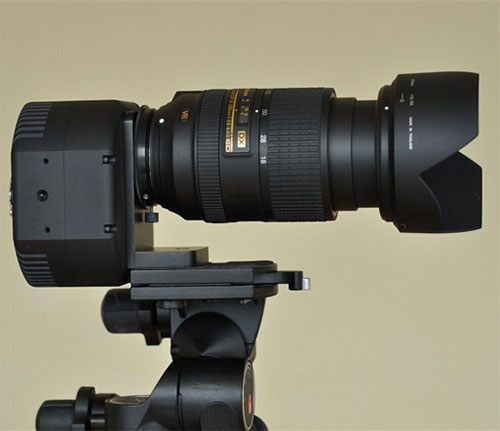
9.Because of the same reason, Color Space is able to compensate (correct) some tiny little uniformity, while by using a regular camera, Nova isn’t able to achieve some tiny finishing.
10.On a display of high resolution, let’s say 3mm in pixel pitch, you can see clearly the white lines between the led boards. Color Space’s software can automatically correct this by offering compensation on the color and brightness, while this may remain doubtful for Nova’s system.
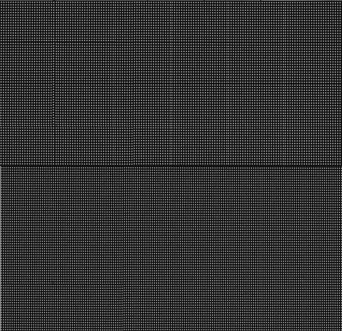
11. What about the difference in costs?
Call them and find out yourself. You have the contacts below:
http://www.novastar-led.com/